The need for fresh water is vital to the survival of life on land and a driving need behind human civilization waged gory wars over fertile lands and some even personified their rivers as living gods. So it doesn’t come as a surprise when people build kilometers of aqueduct systems just to supply their town with fresh water.
The Romans, for example, were famous for creating these forms of systems for transporting water using only the force of gravity. The basic idea behind it is fairly simple, though the engineering that goes alongside with it is mindboggling.
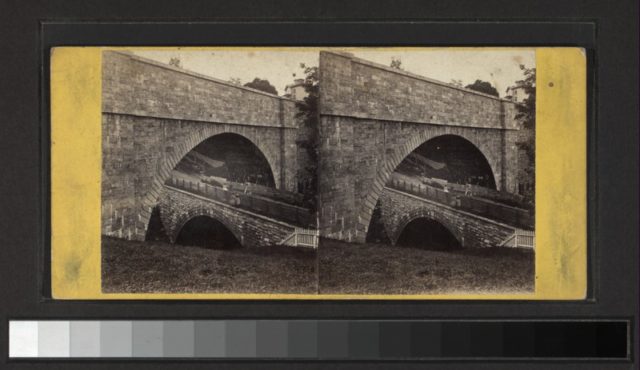
And one such example of a daring undertaking is the Croton Aqueduct. It is a water distribution system designed specifically for the needs of The Big Apple – New York City. Croton Aqueduct was built over a total of five years from 1837 to 1842 and, once completed, would stretch across 66 kilometers of land from the Croton River’s source in Westchester County all the way to the reservoirs of Manhattan.
Manhattan Island itself is surrounded by brackish water and an inadequate supply of clean and fresh water. The only problem was, the city grew and expanded rapidly after the American Revolutionary War. Naturally, the greater the number of people, the quicker the environment gets polluted, and with it comes the pollution of water by means of effluent.
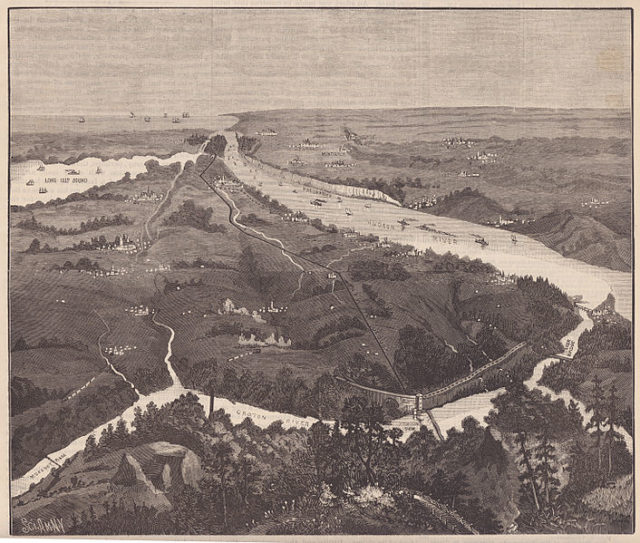
This means the citizens of New York came by their water by drilling wells or exploiting natural springs, but as mentioned before, pollution had the final say in determining the areas to be populated north of Wall Street.
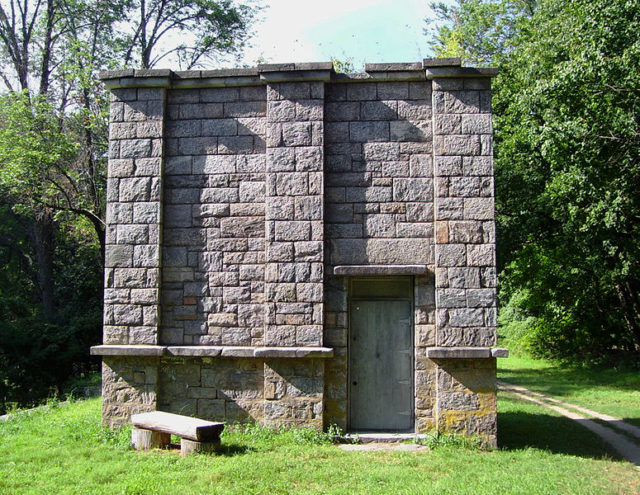
Some people were more fortunate than others, such as those that were part of the Manhattan Company and lived on Grand Street had water being taken to them whereas the rest were on their own. With time an epidemic of yellow fever, a viral disease that causes fever, muscle pain, and nausea, struck the city as a direct result of the poor sanitary conditions.
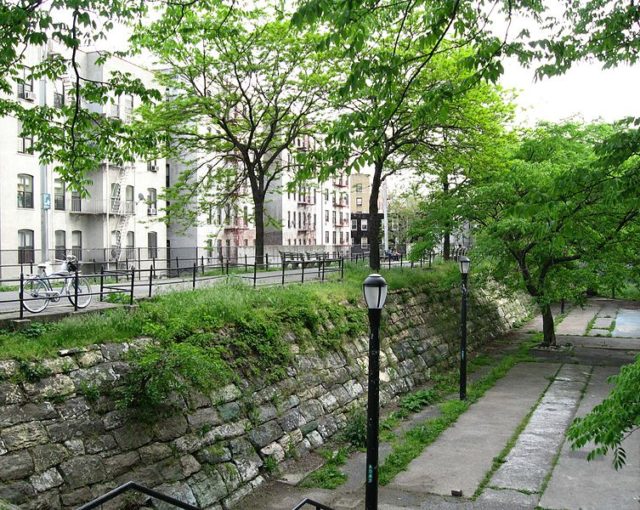
It killed around 2.6 percent of the population of New York. And if that wasn’t enough, the year 1832 brought cholera to New York. It was at that point that the city of New York realized that its new primary objective was locating a new water source.
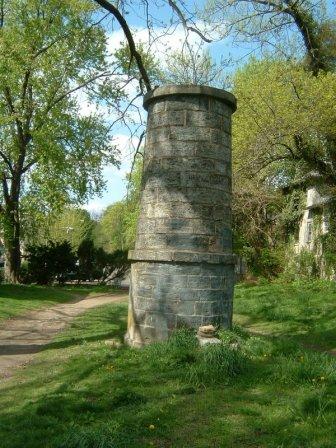
An aqueduct seemed like the most reasonable solution, and for the purpose of building one, the engineering professor David Bates Douglass was hired. It was his job to conduct a survey and propose the most logical trajectory. And so a dam was built on Croton River to accumulate water, followed by the creation of the aqueducts, the laying of the pipes, construction of the reservoirs and so on.
Just like in Roman times, the aqueduct used the force of gravity to transfer the water with a drop of 33 cm for every 1.6 km. On the 22nd of June 1842, water was transferred via this aqueduct for the first time, although it took around 22 hours for the water to travel the whole 66 km to reach the reservoirs of Manhattan. The creation of this water-distribution system brought prosperity to New York and around 6,000+ houses enjoyed the benefit of clean water.
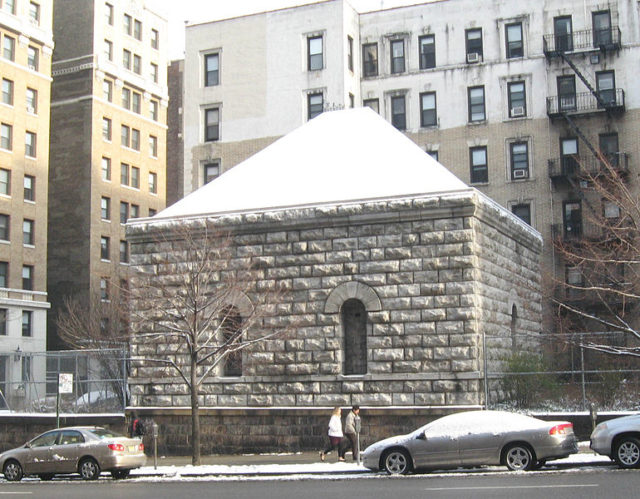
The wealthy had their indoor plumbing installed by now whereas the rest of the residents had the public baths at their disposal. But then New York was hit by another problem: as mentioned before, New Yorkers initially drew their water from wells but once the aqueduct was constructed, the wells were abandoned. This meant that all that underground water now became a problem and flooded a number of cellars. To address this problem, the sewage system was built to improve the city’s drainage.
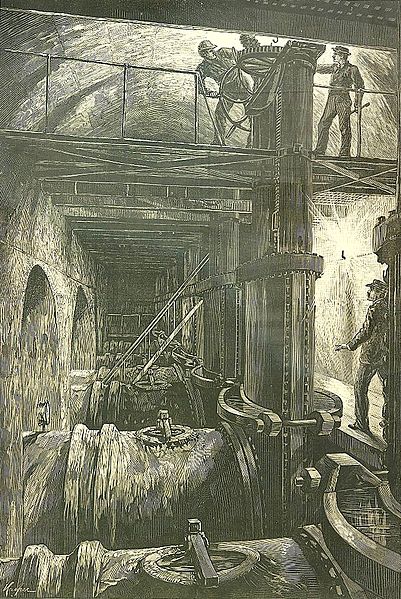
The Croton Aqueduct system served the residents of New York well into the 20th century when it was substituted with a different system more suitable for the needs of modern New York. Today, different parts of this aqueduct can be found scattered across New York’s neighborhoods.
